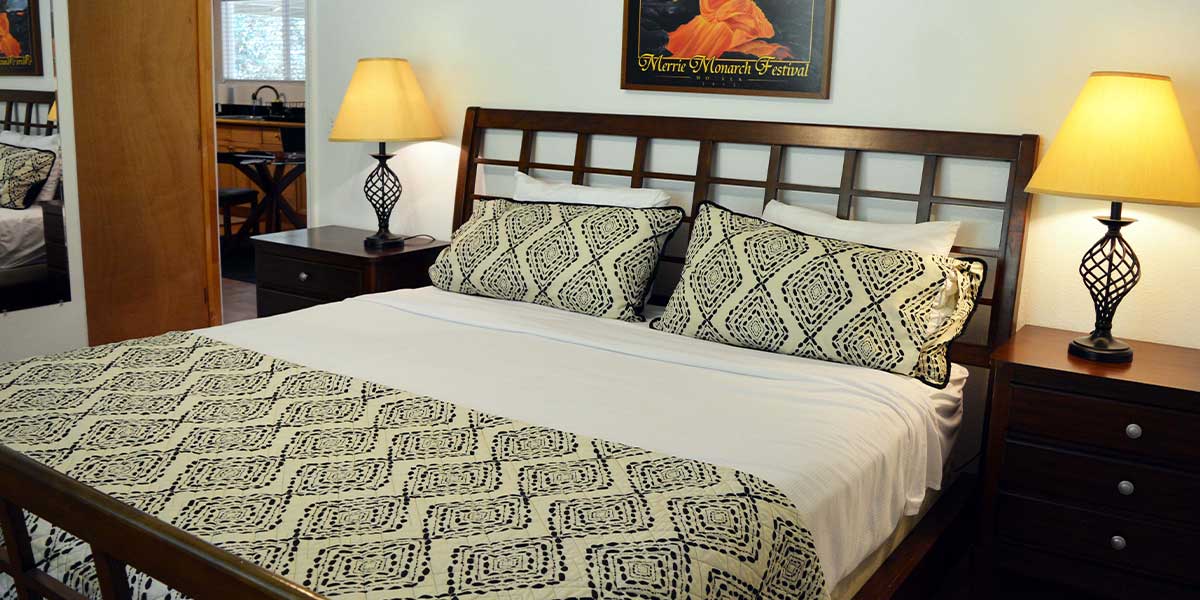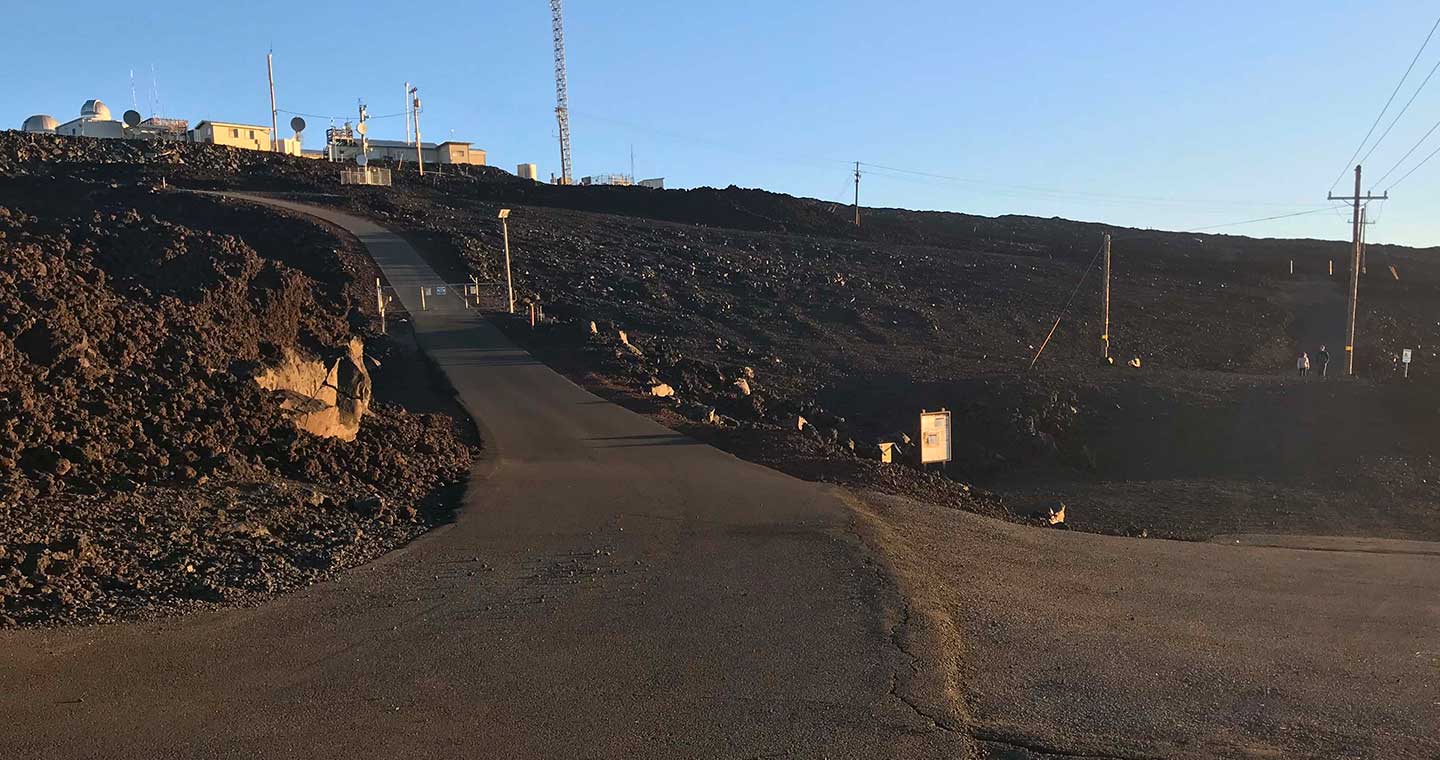Dark Skies Hawaii and Endless Stars in Paradise
With its remote location 2,400 miles from the mainland US and surrounded by the vast Pacific Ocean, Hawaii is a prime location for seeing the cosmos on brilliant display. The Big Island beckons with its pristine beaches, magnificent waterfalls, and active volcanoes, but the sky above is equally awe-inspiring. Prized by scientists and astronomers for the clear views of stars available year-round, the islands are recognized by the International Dark Sky Association (IDA), with 18 dark skies Hawaii preserves. The IDA’s mission is to “return the sky” to us, reclaiming the stars in an age when incessant city glow and light pollution have made it more difficult than ever to reconnect with the majestic night sky. When you stay at our Volcano vacation rental, you’ll have ample opportunities to experience some of the best stargazing anywhere in the world, from remote spots within Volcanoes National Park to the high alpine summit of the towering Mauna Kea volcano.

Mauna Kea – Adventure up a Volcano, Where the Stars Shine Brightest
To visit a dark skies Hawaii preserve, like those found on the Big Island, is to discover layers and layers of stars – it’s not just their brightness and radiance, but the sheer numbers that are usually not visible due to ambient light (think street lights, household lights, etc). The most revered location for stargazing is on Mauna Kea, the tallest point in all of Hawaii, rising to 13,796 feet at its summit. The summit – high above the clouds and offering crystalline sky views year-round – is a goldmine for astronomers, with massive hi-tech satellites representing over twelve countries. Mauna Kea’s Bortle score is 1, the lowest possible number, reflecting the clarity of its views and lack of light pollution. You can drive to the top between sunrise and sundown, but it requires a 4WD vehicle and the ability to navigate the dirt road (most rental car companies will not allow you to take their cars up). The summit is also the ancestral home of the Hawaiian goddess of snow, Poli’ahu, the sister goddess to Pele, the goddess of fire and volcanoes. It’s sacred to Hawaiians and one of the only places on the islands where you can experience a snow-covered mountaintop just an hour away from a sun-soaked beach.
Joining a guided tour, like the well-reviewed Mauna Kea Summit and Stars outing, is the best way to experience this trek to one of Hawaii’s most breathtaking (literally and figuratively) places. Their 7-8 hr tour starts at 1:55 pm in Kona, with a picnic dinner and introduction to the skies above, prepping you for the astrological show that will unfold after dark. Then, you’ll shuttle to the Mauna Kea summit for a stunning sunset and return lower after sundown to their private collection of telescopes, including a Celestron and Stellina, from which they’ll take phenomenal dark skies Hawaii photos and email them to you. Although the tour departs from the Kona side of the island, those joining from the Volcano/Hilo side can meet up with the tour group at the Mauna Kea Visitor Center. Note that you must be at least 13 years of age to do this summit tour and wait 24 hours after scuba diving, as the extreme elevation change can cause serious health issues too soon after a scuba session.
Even if you don’t join a tour, there are plenty of other ways to experience the night sky magic of Mauna Kea. The Mauna Kea visitor center (also known as the Onizuka Center for International Astronomy), located at 9,200 feet elevation and only 60 miles from your Volcano rainforest suite, is open to visitors from 9 am-9 pm daily. Enjoy the 75-minute scenic drive from Volcano Village as you pass by forest reserves leading out from Hilo along Saddle Road, climbing ever higher on the flanks of Mauna Kea. Take in the sunset as it plays out over the ocean, stretching out to the distant horizon, and enjoy the after-dark star display (use your naked eye or bring binoculars, which can approximate a mini telescope). Even better, make a reservation to join one of the free monthly Mauna Kea stargazing gatherings, like on February 8th, 2024, when University of Hawaii staff will guide you as you use their state-of-the-art telescopes.

Stargazing Tips – Spots Near Volcano, Special Celestial Dates, and Best Practices
For some prime stargazing closer to Volcano Village, head 14 miles down the Chain of Craters Road to the Mauna Ulu Lookout within Hawaii Volcanoes National Park, where a wooden observation deck is perfect for observing the night sky. Far from the nearest town lights, you’ll be surrounded by miles of hardened volcanic lava flows, creating an ideal environment for looking at the constellations above. One downside is that clouds are more likely the closer you get to the seashore, so plan your dark skies Hawaii viewing here when the weather looks the most clear.
Although the brightest stars are always visible, the full moon will block out much of what you can see, so try to plan your stargazing around the new moon (four days before and after). Other dates to keep in mind for 2024 are meteor shower events – Lyrids on April 21st, Eta Equriids on May 5th, Perseids on August 12th, and Orionids on October 21st – which are excellent times to witness shooting stars careening across the night sky. Meanwhile, the Milky Way, with its millions of distant stars and always a crowning achievement for astrophotographers, is best seen between February and September.
Whether your dark skies Hawaii experience is just down the road in Hawaii Volcanoes National Park or on the top of Mauna Kea, always do your best to minimize any brightness exposure. Keep cell phones off and use red light, which allows your eyes to stay acclimated – one easy way to achieve this is by taping red paper over the end of a flashlight. For photography enthusiasts, capture the best star photos using a wide-angle lens with a long 30-second exposure, max shutter speed, a large aperture, and a high ISO.
Stay with us and experience the wonder of stargazing on the Big Island!

